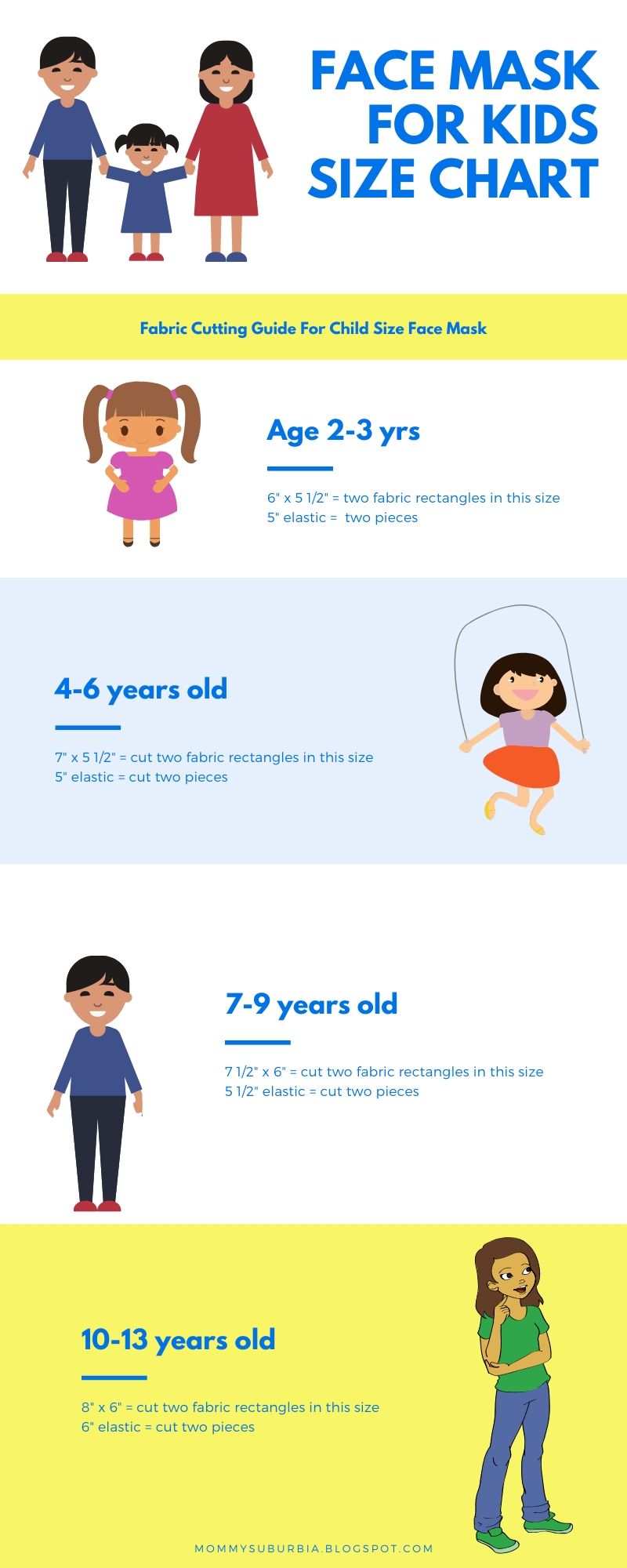Have you heard of a bullet journal? Simply put a bullet journal is a creative organizational journal you get to design to keep track of anything you want to keep track of! Think of it as a blank canvas and the sky is the limit. For people who are visual a bullet journal can help them "see" what they are organizing or keeping track of.
This post contains affiliate links which means if you click on a link and make a purchase I may receive a small commission at no additional cost to you. For more information please read my Disclaimer page. Thanks!
Today I want to talk about some ideas you can use to start your first bullet journal and what kinds of things you could put in your very first bullet journal. I'll keep it very simple to start but once you get the hang of it and get going with your own you can make your bullet journal into anything you want.
Grab your blank journal (here is my favorite), colored fine tip pens or pencils and let's get going!
TOP 5 BULLET JOURNAL PAGE IDEAS
#1 Goals For The Year
If you don't have any goals or maybe you have some vague ideas of what you want to accomplish this year a bullet journal is a great place to put those ideas down in writing. Don't worry if you can't fill a whole page, the more time you spend thinking about goals the more likely you are to come up with some more. Leave yourself some room in your journal and space to make changes or "tweaks" to the goals you write down.
Putting your goals down on paper can be a bit scary at first especially since you might be afraid of not reaching the goal by the end of the year. That is not the point of this exercise. Really this is an accountability and organizational tool that is flexible and should be adjusted as needed.
#2 Financial Tracker
Do you ever wonder what you have been spending your hard earned paycheck on? Creating a page in your bullet journal can help you monitor your finances more closely but in a less "accounting" kind of way. Instead of a checkbook style how about a calendar with cute pictures of what you bought!
Maybe you love Starbucks so why not create a section in your bullet journal by month to track your trips to the coffee house. You could draw a cute little coffee cup for each purchase so you can see how often you spend money on your favorite coffee. You might be surprised how often each month you drop a few bucks on coffee.
Whatever your favorite splurge is you can use your bullet journal to track it each month. The result is a cute graphic visual to help you get an idea of where you are spending some of your money.
# 3 Mood or Activity Tracker
Tracking your mood and activities on a daily basis is a fun exercise. If you think you are feeling grumpy or down in the dumps more often than usual why not track your mood to see what is causing this slump.
Maybe you are wondering if you are getting enough activity or variety of activity. Use your bullet journal to track your daily activity. Create a grid with the types of activities along one side and then each time you complete that activity color in one of the grid boxes. You can even color coordinate your activities to make the bullet journal page pretty.
#4 About Me Page
Who do you know the best? Yourself! Create a page dedicated completely to you with your favorite things, what you like to do and the special traits that make you who you are. Think favorite food, music, recreation or activities, favorite book and movie.
#5 Calendar
Keep track of your busy schedule with a personalized calendar. Include space to jot down fun memories so as you go back over your monthly calendars you can remember the fun times you had and any momentous moments you experienced.
Wait, there's more -
My friends at Mint.com provided this FREE bullet journal stickers to help you get started with your first bullet journal. Check out these great downloadable stickers to add to your bullet journal. Here are a few examples of the free printables:
Monthly Review Stickers:
Customizable Note Stickers











